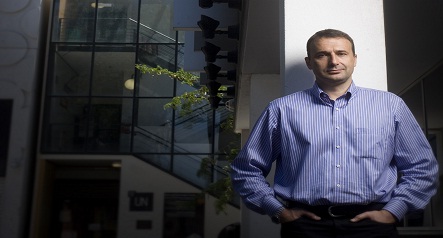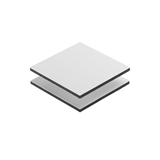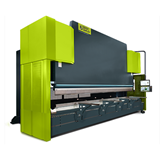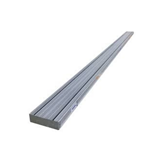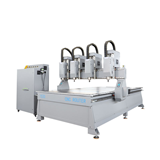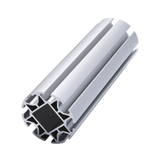The researchers from Australia, the USA and Japan, describe how the material can only exist under extreme pressure, similar to that found in our planet’s core.
According to team member Professor Saulius Juodkazis from Swinburne University of Technology, the researchers were able to create the superdense aluminium, which is around 40 per cent stronger and denser than its conventional counterpart, by simulating the conditions found at the centre of the Earth.
"At extreme pressures and temperatures, such as those found in our Earth’s core, common materials form new dense phases with compacted atomic arrangements and unusual physical properties," Professor Juodkazis said.
"Because we can’t physically see or sample materials from the extreme depths of the Earth, we need to come up with other ways to prove the existence of superdense materials. In this case, we replicated the high pressure conditions on a nano scale.
"By focusing single short laser pulses of light onto a sapphire we were able to induce a micro explosion within it. This process mimics the kind of seismic forces that have shaped the earth and other planets, melting and reforming materials under intense pressure, allowing us to synthesise the superdense aluminium material."
According to Professor Juodkazis, the discovery could significantly advance applications which rely on nanostructured materials.
"Using this focused laser technique, we may now be able create a range of superdense metals that have extraordinary properties," he said.
"The creation of superdense silver or gold, for example, could lead to many new possibilities for bio-sensing and plasmonics."
He said the discovery was also likely to catch the attention of earth and climate scientists.
"By examining the mechanical and electrical properties of this type of material, we may be able to gain a greater understanding of the electrical conductivity of the interior regions of the planet," Professor Juodkazis said.
"This is particularly important in the context of global climate change observed over long geological time spans."
Professor Juodkazis said the experiment was conducted using a standard bench-top laser common in many research laboratories and manufacturing operations.
"Because of the simple nature of the experiment, other scientists will be able to replicate it without needing any sophisticated, expensive, equipment," he said.
"As such, many researchers now have the means to create these high density, high pressure materials, opening the door to many exciting new possibilities."
The Australian National University’s Professor Andrei Rode from the Laser Physics Centre at ANU said super-hard aluminium was predicted to exist more than 30 years ago but has never before been observed.
He said the state of any material depends on temperature and pressure.
"For example, water turns into ice at low temperatures and hydrogen gas actually becomes metallic under extreme pressure in the middle of a star," Professor Rode said.
"Lab experiments on producing high pressure and temperature generally use a diamond anvil with a point on one end to produce high pressure but this is limited by the strength of the diamond, which in the case of aluminium, is not hard enough to crush into a new state.
"We demonstrated that it is possible to create extreme pressure and temperature conditions in table-top laboratory experiments using an extremely short laser pulse to create a huge concentration of energy in a very short time and in a very small sub-micron volume inside a sapphire crystal, which is aluminium oxide.
"This experiment resulted in something like a micro-explosion which turned the aluminium to a plasma state that swelled but had nowhere else to go, creating gigantic pressure and dramatic changes in surrounding material properties and producing unfamiliar x-ray spectral lines.
"We did a lot of work using theoretical modelling to identify the spectral lines, which were in very unusual positions with various aluminium oxide crystal configurations, but could not find a satisfactory match between theory and experiment.
"We were about to abolish the search, when we had the crazy idea to compare any possible aluminium crystal phases to the observed spectra. The idea was considered crazy because it contradicted a conventional wisdom that aluminium surrounded by oxygen must be oxidised in normal condition."

